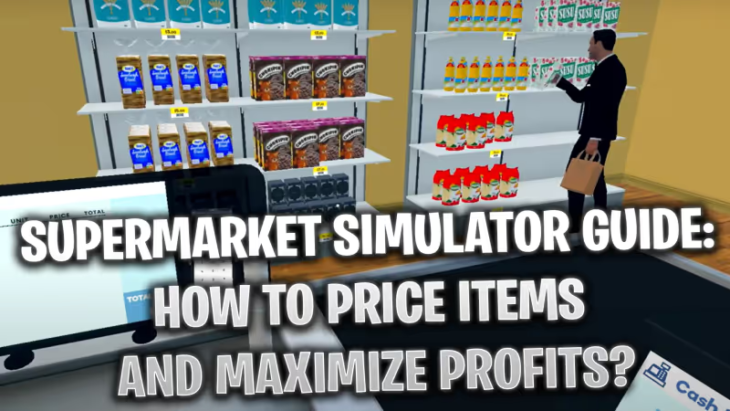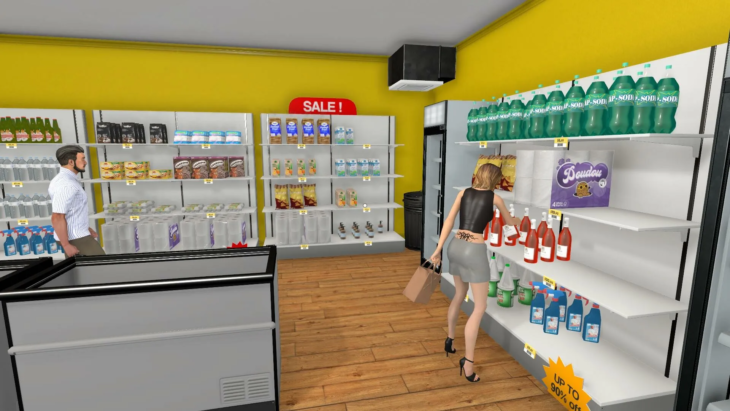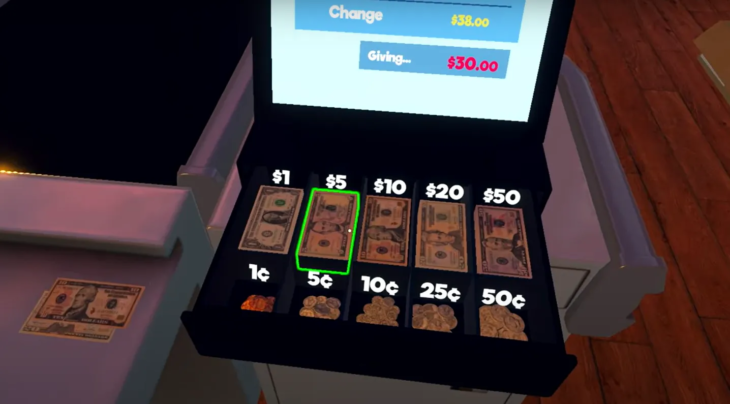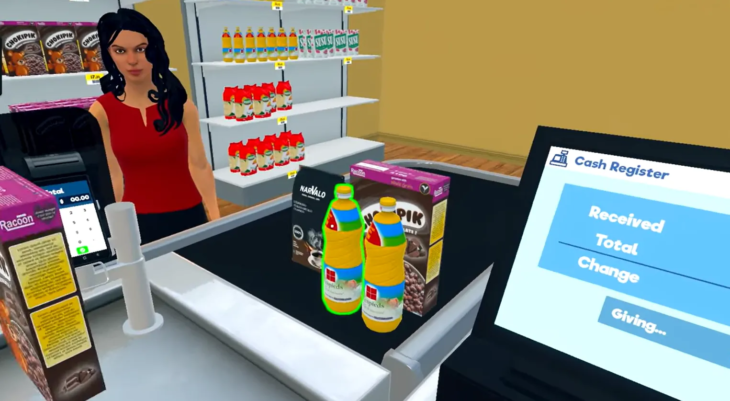Supermarket Simulator Guide: How to Price Items and Maximize Profits?

Discover top-notch strategies in this article to elevate your Supermarket Simulator store through competitive item pricing and customer satisfaction. Uncover expert tips that will empower you to expand your store, attract delighted customers, and optimize your pricing strategy for maximum success in the virtual retail world.
In the game, you are challenged with the authentic trials of managing a store, which includes establishing appropriate prices for your products. This pivotal task demands your attention as it directly impacts sales growth and revenue generation. Explore the most effective methods to optimize your profits outlined below, guiding you towards financial success and strategic decision-making in your store management journey.
What Prices to Set For Your Products?

In our Supermarket Simulator guide, we highlighted the initial strategy of setting prices slightly below the market value, typically around 20 cents lower, to attract customers effectively when starting your store. However, through experimentation, we discovered that as you advance in the game, slightly exceeding the market price by 10-20 cents can also be a viable tactic. Rounding up prices simplifies change-giving during transactions, streamlining customer interactions.

It’s important to recognize the potential risk of customer dissatisfaction with higher prices. While some complaints may arise, it doesn’t necessarily equate to a decrease in clientele. Over time, your store will attract more customers, mitigating concerns about slightly elevated prices. Embrace the evolving dynamics of pricing strategies in the game and remain confident even if your products are perceived as slightly pricier by some customers.
Should I Overprice Some Products?

Contrary to common intuition, overpricing certain items in Supermarket Simulator can be advantageous. For popular products with higher market prices, consider increasing their price by more than 20 cents, even by 1 or 2 dollars, without deterring consistent purchases.
Moreover, as you progress in the game, managing the restocking of fast-selling items becomes crucial. Maintaining adequate stock levels is essential to prevent losing XP from customers seeking out-of-stock items. By pricing some items higher, they tend to sell at a slower pace, enabling you to prioritize restocking popular goods efficiently.

